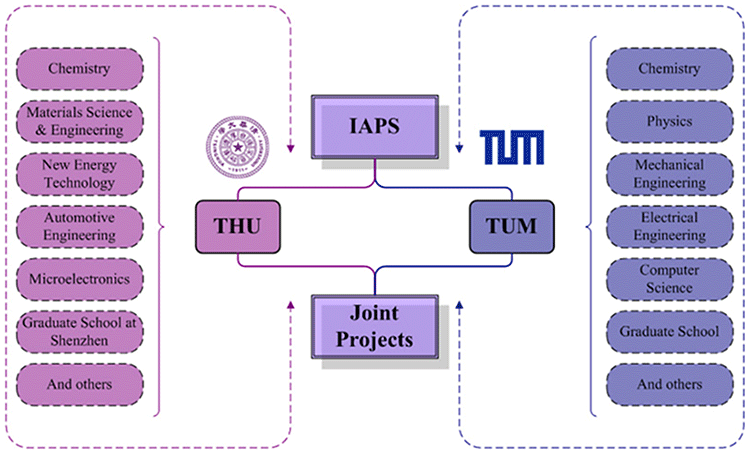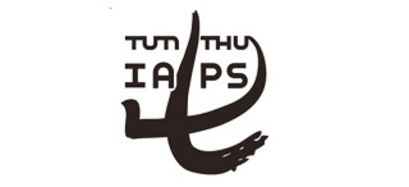Established in 2010, IAPS carries out research and development of electrochemical energy technologies with a focus on electromobility. Industry cooperations have been launched. IAPS will provide for a long-term Sino-German knowledge exchange and synergy effects between the countries.
Scientific Background
Electromobility is a key technology for sustainable transportation based on renewables. The Chinese government increasingly supports new projects on hybrid technology and electromobility. The development of improved (Li-ion) batteries with increased energy and power density, lifetime and safety is the focus of fundamental research. In this area there exists a large expertise in China. Germany has strong capabilities in automotive technology. Beyond improved batteries, progress in engineering and new design concepts specific for electric cars should result from the Sino-German collaboration.
Project and Objectives
The joint „Sino-German Institute on Electromobility“ combines the potential of both universities in the fields of physics, chemistry, information technology and materials science. In the past years joint workshops and mutual visits between the project partners took place. Research projects on fundamental processes in battery materials, battery car design and car to car/environment communication have been launched. These projects serve as the nuclei for further cooperation expected to result in joint innovations, leading to a significant step forward in electromobility. The incorporation of industry will aid with the rapid commercialization of new technologies, for both countries’ benefit.
The objectives of the IAPS in the second project phase are:
- Expansion of the IAPS and intensification of the research projects
- Incorporation of further industry partners
- Implementation of a student exchange program and the joint mentoring of Ph.D. students
- Improvement of the institute’s visibility.
Aspects of Research Structure
The main administration of the IAPS is located in Beijing. Its department structure is shown in Fig. 1. The institute is led by one director from TUM and THU, each. At both universities scientific advisory boards exist. The research is performed on both partner’s premises, with an exchange of information, materials and people (secondments of Ph.D. students, experienced researchers, student exchange program). Regular workshops help in discussing research and strategies for the further collaboration.

Fig. 1: Department structure of IAPS








